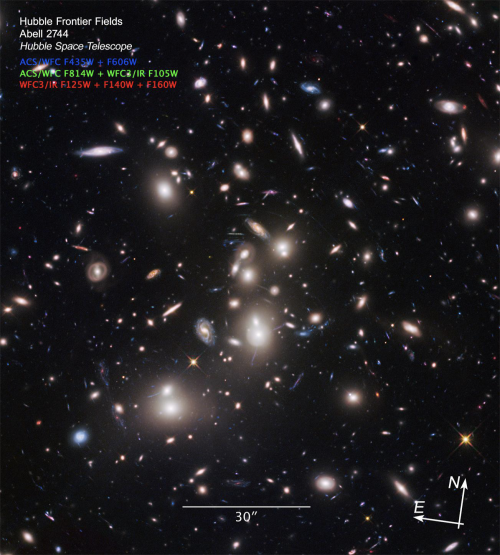JWST Unveils the Importance of the Environment in Galaxy Evolution up to Z=12
- Data:
- Speaker: Dr. Benedetta Vulcani
- Affiliation: INAF - Astronomical Observatory of Padua (Italy)

The advent of JWST has opened many new windows on galaxy evolution, unveiling new populations and detecting and characterizing galaxies up to very high redshifts. One of the key factors that can influence the evolution of galaxies is their surrounding and JWST is giving us new insights on the properties of galaxies in high density regions. Making use of the data from the GLASS-ERS survey (PI Treu) and its numerous follow-ups, I’ll present new exciting results on this topic, including the discovery of filamentary structures at z=12, the detection and characterization of lensed protoclusters at z=5-7, and the characterization of a new population of galaxies at z=0.3 characterized by extremely red F200W-F444W colors, most likely linked to environmental effects.
Brief CV of Dr. Benedetta Vulcani:
She obtained her PhD from the University of Padua in 2012, with a joint project between the University and the Padua Observatory. Since then, she has had various work experiences around the world (Carnegie Mellon Qatar, IPMU-University of Tokyo, University of Melbourne) before securing a permanent position at INAF-OAPD in 2016. The main focus of her research is to characterize the role of the surrounding environment in shaping the properties of galaxies, both at low and high redshift, using both integrated and spatially resolved quantities.